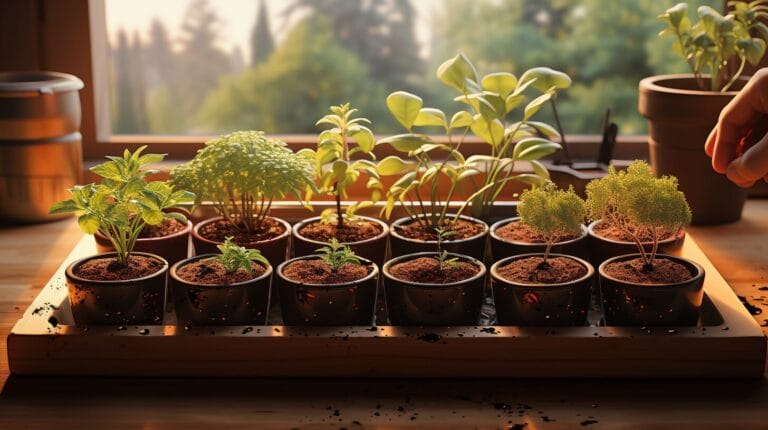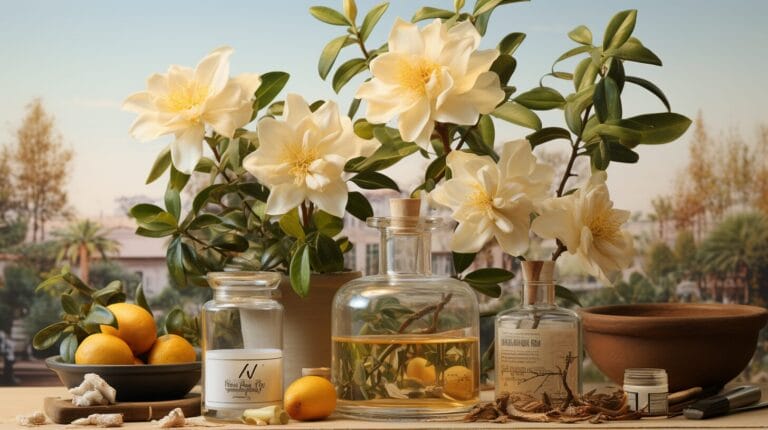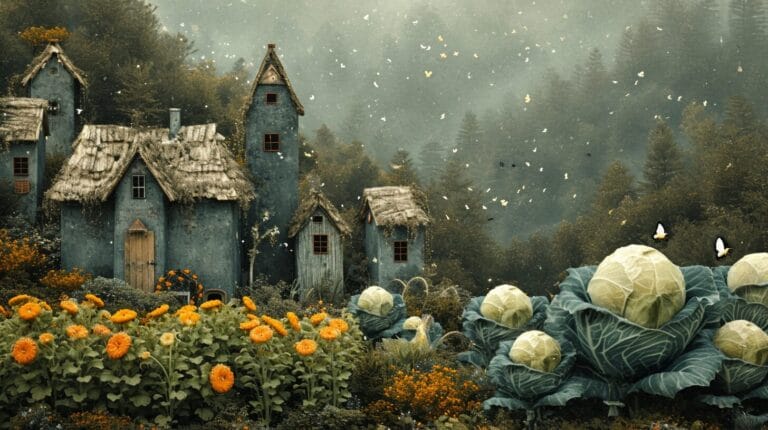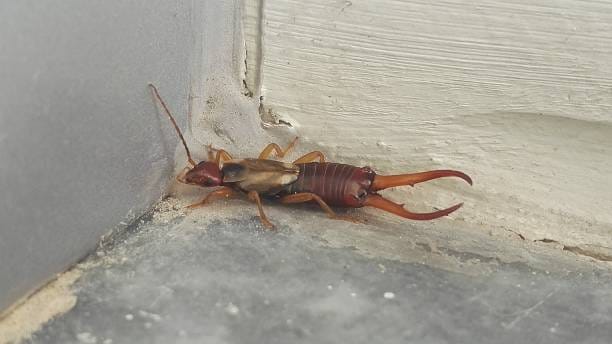Monstera Plant Light: Discover How Much Light Your Monstera Need
Hello, foliage enthusiasts! Contemplating on introducing the magnificent Monstera deliciosa to your indoor plant assortment is crucial to comprehend its lighting needs for ultimate growth and wellbeing.
These charming specimens require specific light conditions, hailing from the verdant jungles – too little or too much sunlight can hamper their growth, leading to leaf burn or lackluster foliage. Fear not; we’re here to clarify this luminous topic, Monstera plant light! Grab a comforting beverage and learn how to provide your future Monstera with the perfect illumination.
Prepare for a pleasant surge in both your horticultural know-how and your mood!
Key Takeaways
- Monstera plants thrive best in bright, indirect light.
- Situate your Monstera close to a window with filtered light or obscured by sheer curtains to achieve the correct lighting conditions.
- Signs of insufficient light in your Monstera include a lack of perforated leaves, small foliage, and underdeveloped aerial roots.
- Conversely, excessive direct sunlight can lead to complications such as browning or crisping monstera leaves, leaf curling or wrinkling, and restricted growth.
Understanding Monstera Plant Light Requirements
Respecting the Native Habitat
Monsteras originate from Central America’s balmy and humid regions, where they compete for light by climbing up rainforest trees, simultaneously sheltered from intense sunlight. Translated to domestic living, these plants desire bright, however, indirect light to maintain health.
Adapting Indoor Light Levels
Confined indoors, Monsteras continue to crave bright yet indirect light. Consider placing them near windows with filtered light or separating them from the sun using gossamer curtains, safeguarding leaves from sunburn and ensuring sufficient light intake for growth.
How Much Light Does a Monstera Need?
A bright yet indirectly lit location works wonders when considering how much light your Monstera plant needs. You can determine if your plant basks in the ideal amount of light using a light meter or performing a shadow test.
Why Bright, Indirect Light?
Bright, indirect light offers the ideal conditions for your Monstera, mimicking the diffused light filtering through a forest canopy, resulting in lush and vibrant leaves.
Tools to Determine Light Intensity
Using tools such as a light meter or conducting a shadow test will help you accurately estimate the light intensity your Monstera is receiving.
Signs Your Monstera Plants Need More Light
Absence of Perforated Leaves
A lack of perforated or ‘Swiss-cheese’ leaves often suggests insufficient light. Pale, underdeveloped leaves, diminished growth, and notably small foliage indicate light deficiency.
Inadequately Developed Aerial Roots
The state of the aerial roots of a Monstera plant can indicate whether it’s receiving enough light or not. Poorly developed roots suggest light deficiency, affecting the plant’s overall health and growth.
How Much Light Does a Polka Dot Plant Need in a Terrarium?
When it comes to polka dot plant care tips in a terrarium, light is crucial. These plants thrive in bright, indirect light, making them perfect for spaces with filtered sunlight. Aim for around 8-12 hours of light daily to keep your polka dot plant happy and thriving. Place them near a window or under fluorescent lights to provide the right amount of illumination.
Dangers of Excessive Light Conditions
Excessive exposure to light can lead to concerning phenomena such as browning or crisping leaves, bulging or wrinkling of the leaves, and slower plant growth. Maintaining the right balance of light for your Monstera plant’s health is crucial.
Browning or Crisping Leaves
Excessive direct sunlight can cause leaf burn, browning, or crisping of the leaves.
Leaf Curling or Wrinkling
Excessive light exposure can cause a Monstera plant’s leaves to curl or wrinkle as a defense against light-induced water loss.
Stunted or Slowed Growth
Extreme light conditions can stifle the growth of a Monstera plant, highlighting the essential balance this plant requires between too little and too much illumination.
After uncovering the ideal lighting conditions for your Monstera, don’t miss out on finding the best soil for Monstera to ensure your plant thrives in every aspect!
Final Thoughts
Understanding your Monstera plant’s unique light requirements is crucial to its thriving existence. Balancing the right amount of bright, indirect light is key for vital growth and the development of Swiss-cheese leaves.
Watch for signs of insufficient light, such as small, unperforated leaves or poor aerial root development. Conversely, monitor your Monstera for symptoms of excessive light exposure like leaf burn or curling.
A well-light Monstera will flourish and become a vibrant addition to your indoor plant collection!
Frequently Asked Questions
Is it possible to use artificial light for my Monstera?
Artificial grow lights can supplement natural light under low light conditions. LED grow lights are highly recommended for providing the right light spectrum.
Can my Monstera endure low-light conditions?
While Monsteras prefer bright, indirect light, they can withstand lower lighting conditions for shorter periods. Long-term exposure to low-light conditions can stunt growth.
Should I reposition my Monstera to determine the best lighting spot?
Your Monstera may benefit from experimentation with different lighting conditions within your home. However, sudden changes could induce plant stress.
What do I do if there’s too little or too much direct sunlight?
If your Monstera gets too little or too much direct sunlight, it might harm the plant. You should move your Monstera to a place where it will receive just the right amount of dappled or filtered light for its health.
Can I check how much light my Monstera is getting?
A tool called ‘light meter’ helps you determine if your Indoor Plant is getting the right intensity and duration of Light needed for its growth.
Is there any special care required during Low-light times?
Even though they can survive in lower-light levels, keep an eye out for changes as Artificial Lights could be used to give adequate brightness to meet their requirements.







